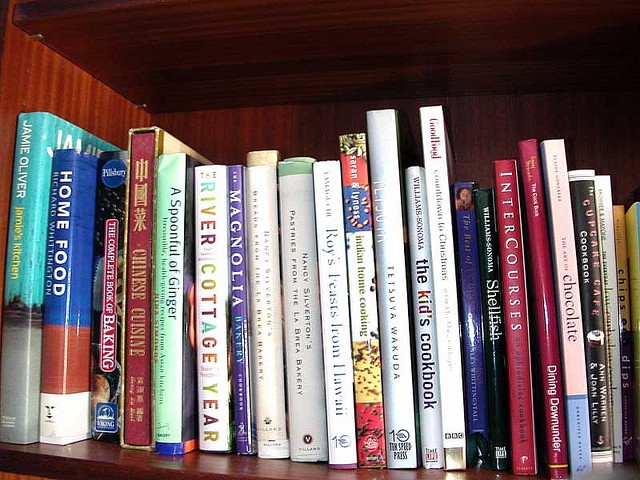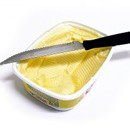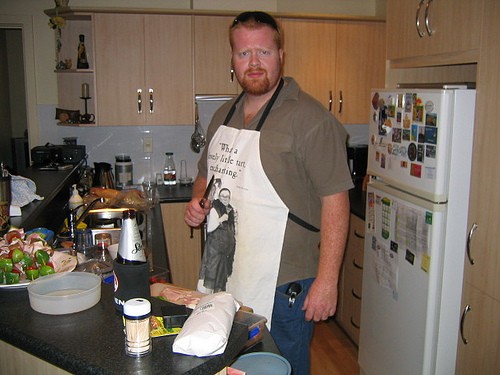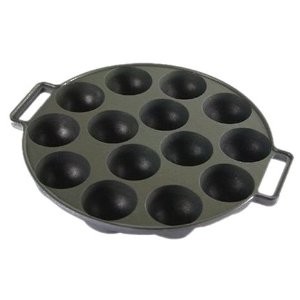
There are two kinds of cookbooks in the world: professionally edited cookbooks and “you should totally make a cookbook” cookbooks. The difference is obvious: the professionally edited cookbooks follow a specific set of rules that makes like easier for the reader and cook, and the ad-hoc cookbooks are essentially brainstorming on paper.
Here are five ways to tell when you've got an amateur production on your hands.
]
1. Incomplete list of ingredients

Recipes Into Type, the stylebook for cookbooks that is the AP Stylebook of the recipe world, couldn't be clearer: every ingredient called for must be present, in the order needed, and every ingredient listed must be used in the order called for. Somehow, this escapes cookbook authors.
There's also a special place in Hell for the cookbooks that interline necessary ingredients without setting them off in bold font or with additional whitespace. A cook wanting to assemble a mise en place wants a list of things to go get, not a surprise (“and you need a stick of butter, melted and cooled, besides the half-stick you whipped into the dough earlier!”) further down the line.

2. Bad order of operations
I can't count the number of recipes I've read (and edited) where the writer has taken the cook through a number of time-sensitive steps such as whipping egg whites, only to follow with a giant roadblock such as “refrigerate something else for an hour” or “preheat the oven to 425ºF.” It's important that the recipe flow; if it doesn't flow correctly, people get frustrated, and bad word of mouth ensues.
3. Specialized equipment not called out or explained

There's a particular kind of hubris amongst cookbook writers, one in which everyone has a big, spacious, rambling farmhouse kitchen with an unlimited number of cabinets and an equally unlimited number of power outlets. If you're going to call for a takoyaki pan, a special meat grinder or a dough laminator (don't laugh, these recipe books exist), you had better a) say so up front and b) explain what it is.

4. Inappropriate or incomplete localization
Recipes sourced from outside the United States use metric measures; some use degrees Celsius for oven temperatures, and some use gas settings (“thermostat 5” means you're reading a French recipe, for example, and “gas mark 6” means it's British). When they're not converted correctly, the recipe fails or is frustrating to read. In addition, a tablespoon is not a tablespoon everywhere: a French recipe referring to “1 c. à s.” (cuillère à soupe) does not mean one U.S. tablespoon. Does it matter in cooking? Maybe not, but in baking it certainly does.
5. Untested recipes
The very worst sin is a recipe that someone's written because it sounds good. All recipes in a book should be tested, a long, laborious and calorie-laden job that can take weeks or months. When a recipe doesn't work as written, an erratum has to be issued: “Oh, instead of four cups of basil, chopped, I meant four tablespoons of chopped parsley. Oopsie!” This, of course, assumes that recipe book readers are searching for them–survey says? BZZZZZZZT.
Follow Stick a Fork in it on Twitter @ocweeklyfood or on Facebook!

